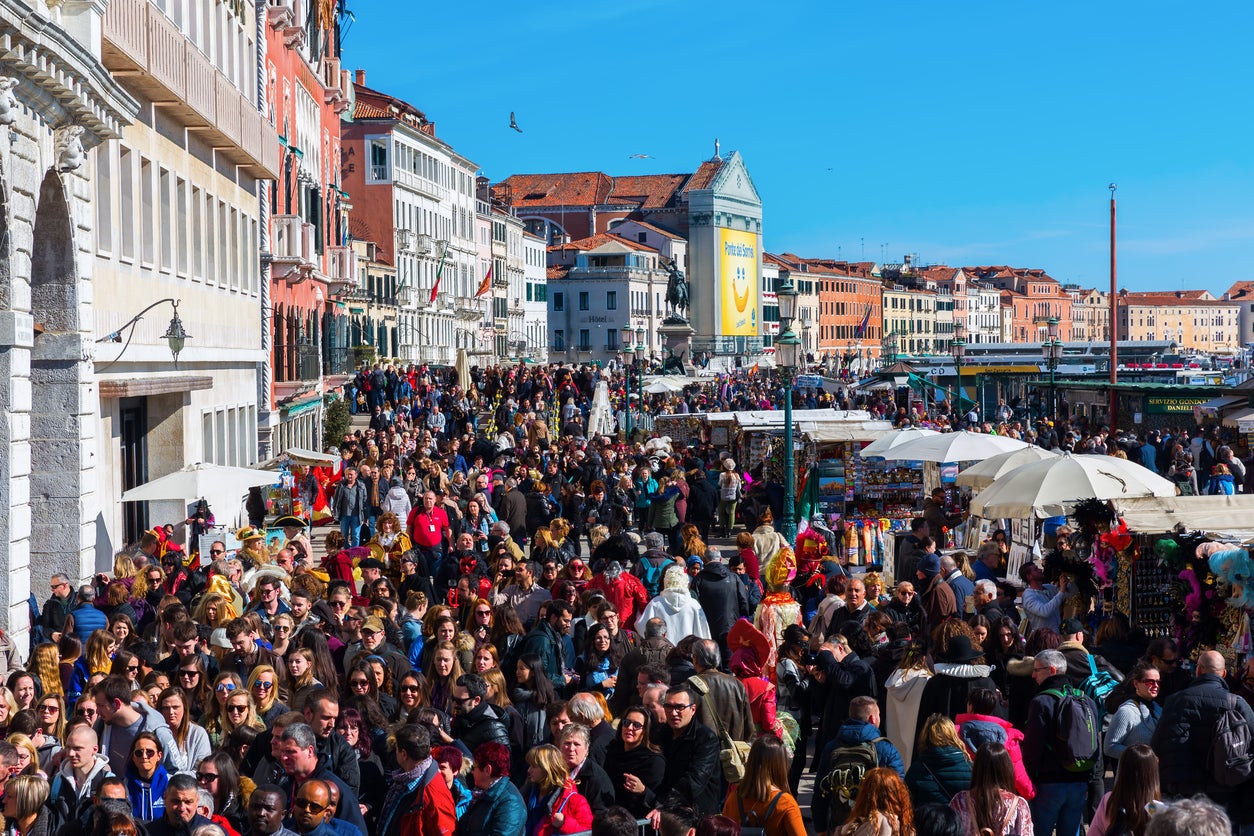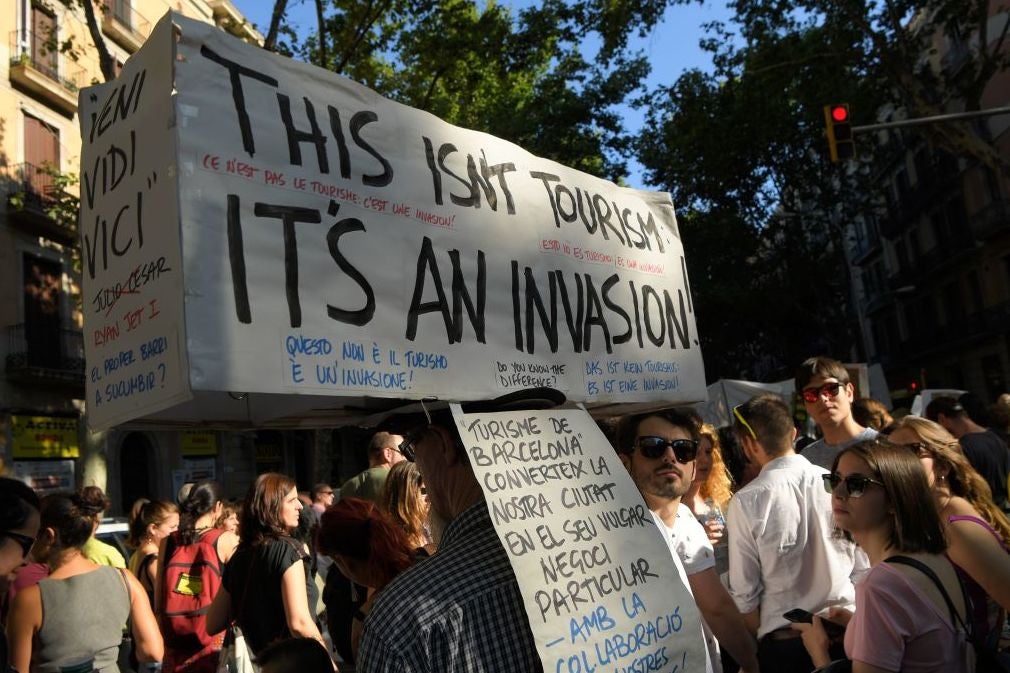The most overcrowded tourist destinations
A new report highlights the cities at risk of over-tourism

Popularity can be both a gift and a curse when it comes to tourism. Once a destination has reached tipping point, the result can alienate locals, push infrastructure to its limits and consequently impact negatively on the visitor experience.
So says a new report from the World Travel and Tourism Council, in partnership with McKinsey, entitled Coping with Success: Managing Overcrowding in Tourist Destinations.
“The travel and tourism sector is a cornerstone of our global economy – and thanks to a growing middle class, improved digital and physical connectivity and generations of people with an insatiable appetite to explore the world, it is expanding rapidly,” says the report. “Of course, this growth is accompanied by challenges, many of which can be summed up with the term ‘overcrowding’.
“Overcrowding is by no means new – but it seems to be coming to a head in popular destinations across the globe.”
In a year that saw Barcelona locals take to the streets in anti-tourist protests and Venice and Amsterdam implement new policies to deal with overcrowding, the study is particularly relevant.
It identifies five key consequences of overtourism: Alienated local residents, degraded tourist experiences, overloaded infrastructure, damage to nature and threats to culture and heritage. “Alienated local residents” is perhaps the most telling factor when it comes to overcrowding as it’s broken into two parts: Density of tourism, which is the number of visitors per square kilometre, and tourism intensity, which is the number of tourists per one resident.
Seven cities were noted as having the highest scores for both of these elements. Amsterdam is one such destination; the Netherlands capital also scored fairly poorly in terms of negative TripAdvisor reviews and overburdened infrastructure, although it ranked well for damage to nature, with very little air pollution as a result of overcrowding.
The city recently announced plans to deal with its plethora of visitors by promoting alternative attractions and encouraging tourists to mix up the way they see the sights.

Dubrovnik was another destination found to be blighted by density and intensity of tourism. The Croatian city has seen a huge increase in visitor numbers, helped by the exposure it received by being a crucial setting for scenes in Game of Thrones. In August, the mayor announced plans to slash the number of tourists allowed into Dubrovnik’s ancient centre, with a cap of 4,000 people to be set by 2019. The decision came after Unesco warned that Dubrovnik’s world heritage status was at risk in 2016.
Outside Europe, both Kuala Lumpur and Macau are at risk of overcrowding, with the former also suffering from a degraded tourist experience as a result and the latter having a high concentration of visitors at attractions.
Unsurprisingly, Rome and Venice in Italy both scored highly for overcrowding. Venice is often held up as the horror story that other cities want to avoid – it also scored in the most at-risk category for overloaded infrastructure and threats to culture and heritage.
Finally, Warsaw’s intensity and density of tourists is high. The Polish capital’s wallet-friendly prices combined with diverse architecture and fascinating history has attracted visitors in their droves.
The report concludes: “Travel and tourism will only grow from here. The industry will create new jobs, new opportunities, and new experiences, as well as be a force for peace in the world. The challenges of growth, and particularly overcrowding, are apparent, but many destinations are struggling to strike the right balance of meeting the needs of businesses, local residents, and tourists.
“The goal of our work is to bring structure and facts to an issue that has long been characterised by anecdote and emotion.”
Join our commenting forum
Join thought-provoking conversations, follow other Independent readers and see their replies
Comments